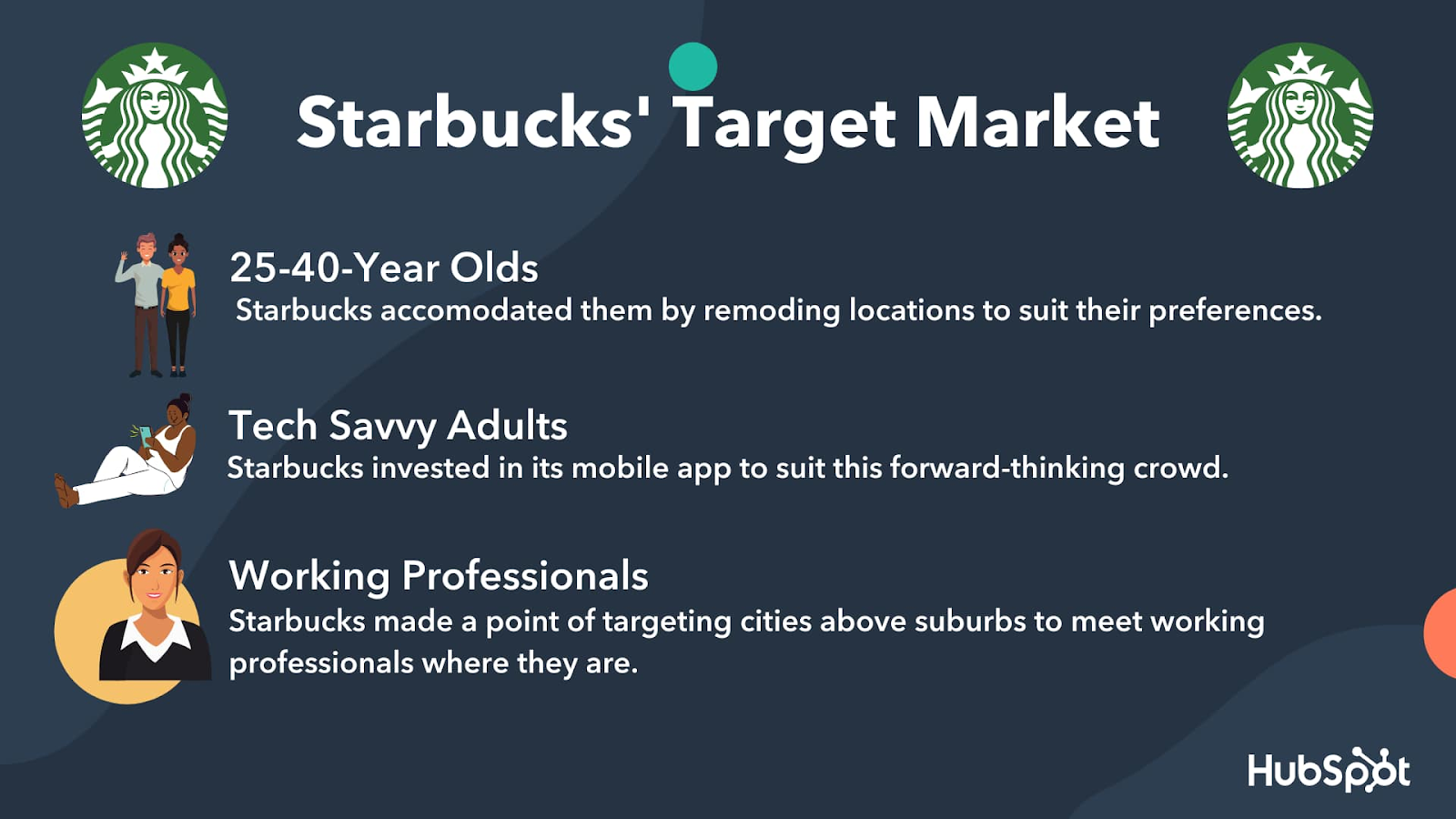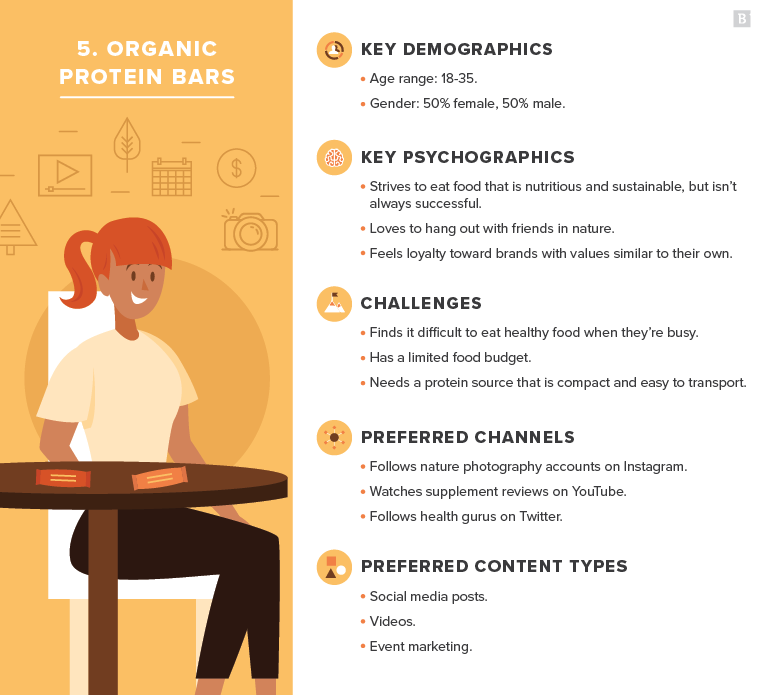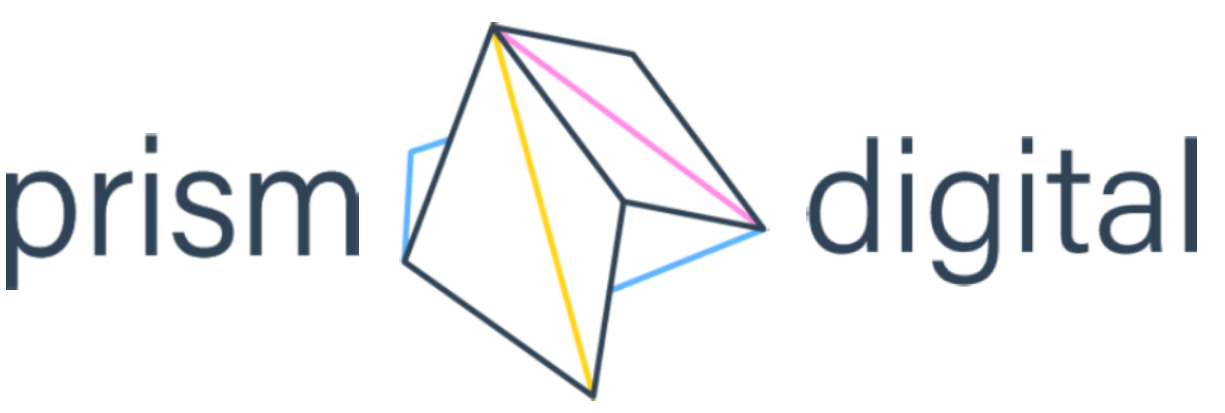You may have heard the terms target market and target audience being used interchangeably, however the two don’t mean the same thing. Having a basic understanding of the differences between each term will help you plan your future digital campaigns and devise marketing strategies based on who you want to receive your message and how.
What is a target market?
Your target market refers to the group of customers that your products and services are aimed at. Target markets are usually defined by an industry (i.e., healthcare, travel, technology, etc.), and represent a specific subset of the broader market the industry covers.
The particular group of people that make up your target market have been identified as the most likely potential customers to buy your product, based on factors like behavioral tendencies, geographic location, and demographic characteristics. We’re sure you’re familiar with Starbucks and their recognizable target market:

What is a target audience?
Your target audience, on the other hand, is a group of consumers that can be characterized by behavior and specific demographics, such as male fashion enthusiasts aged 30-40. Think of your target audience as a market segment that you set out to target with a particular marketing campaign.
Target audiences (as exemplified below by Brafton) are at the forefront of decision-making in most marketing strategies—determining where businesses spend money on advertising, how they attract customers, and which products they release next.

What are the differences between a target market and a target audience?
According to CopyPress, the biggest differences between the target market and the target audience come from their practical marketing functions:
|
Marketing function
|
Target market
|
Target audience
|
|
Size
|
The target market is the biggest group of people you can hope to reach to sell your products or services to.
|
The target audience is a more defined group within the target market. It’s smaller because there are more criteria about which individuals make up each target audience.
|
|
Criteria
|
Even though the category is bigger, not everyone in the world is in your target market! Criteria that influence the target market are demographic characteristics, like age and gender.
For example, the target market for a new cereal may be people aged five to eleven. There are a vast amount of people that fit into that category.
|
There are usually more qualifiers when choosing a target audience, which help narrow the target market down even further. The cereal company may have multiple products for children aged five to eleven that appeal to their target market. But for a specific cereal, they may advertise to children in that age range who play football and like chocolate. These additional qualifiers speak to a potential customer’s needs or interests, rather than personal characteristics about themselves.
|
|
Message
|
Messages for the target market are broad, just like the people it captures. They help you pick words, images, and designs for things like logos, storefronts or product packaging. These messages don’t have to be too specific, because there are fewer keywords and adjectives that describe individuals that fall into the target market.
|
Messages for the target audience are a lot more personal, funny, relatable, interesting, and valuable to the people that fit into each niche.
|
Prism can help your reach both
Now you know the difference between a target market and a target audience, you can get to work on designing specific marketing campaigns that speak to the right people. At Prism, we develop content that talks to both groups, crafting strategies and implementation tactics tailored to your specific audiences and goals.
Schedule your free call today to find out how we can develop the right content strategy for your company.

.png?width=200&height=73&name=Logo(1).png)


